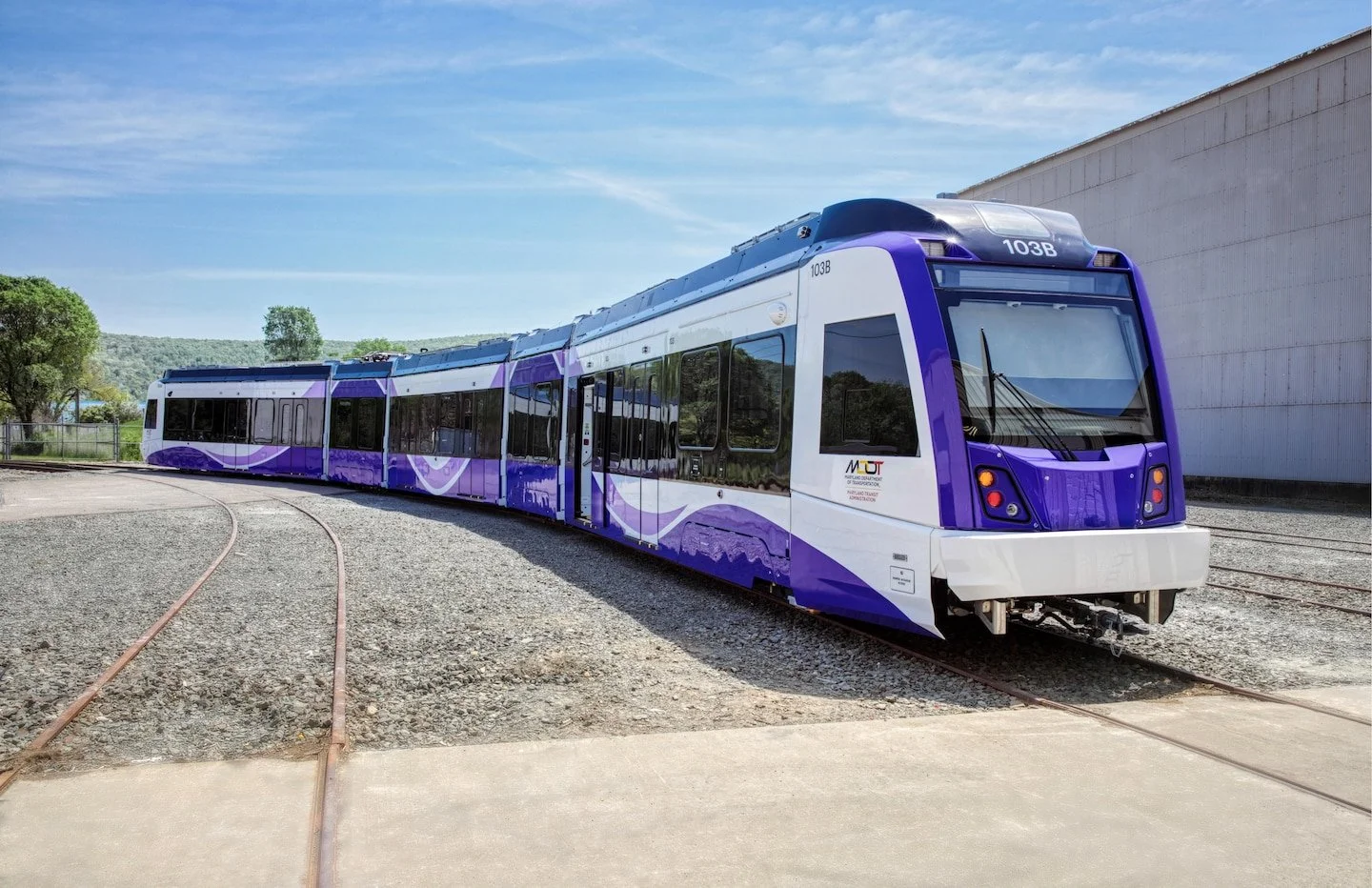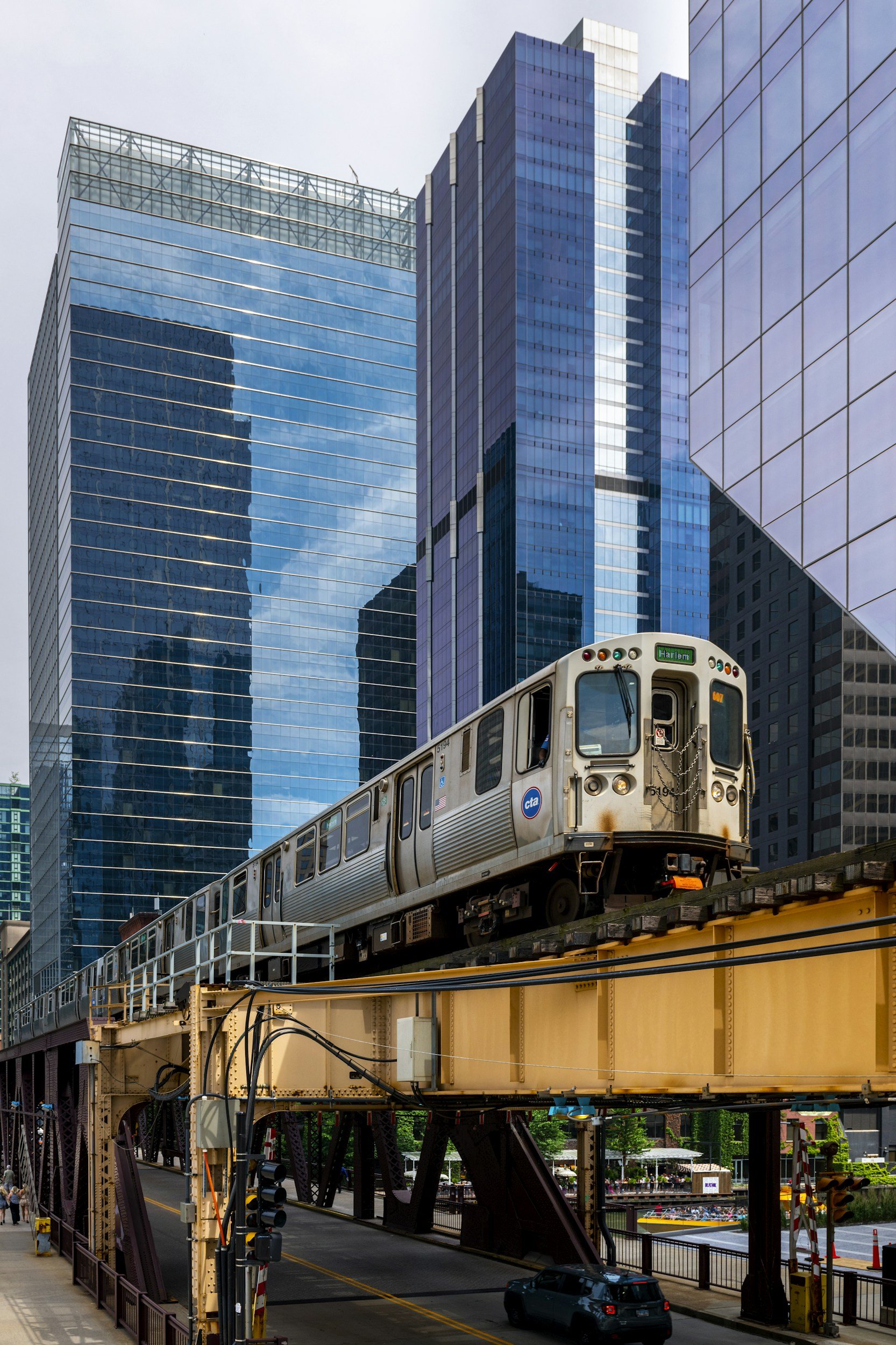
Can Community Coalitions Unlock Equitable Benefits from Transit Investments?
Transit-oriented development (TOD) represents a promising form of development in urban transit corridors offering walkable communities, reduced car dependence, and enhanced access to opportunities. But all too often, the benefits of new transit investments are overshadowed by rising housing costs and the displacement of long-time residents and small businesses.

Which Local Governments Adopt New Technology First?
Emerging technologies, including real-time digital tracking systems, AI, and satellite imagery, can enhance public service delivery by enabling real-time performance monitoring, automating routine tasks, and improving the targeting of services. These tools also have the potential to support more responsive and personalized interactions with citizens, increasing both efficiency and trust in government institutions. Under what conditions are new and emerging technologies adopted by local governments?

Exploring the Impacts of TOD Housing Stock and Built Environments on Housing Costs in Twenty-Six U.S. Metropolitan Areas
This paper contributes to the debates on housing supply efforts and the “missing middle” argument by examining the relationships between the share of metropolitan housing units in three types of compact transit-rich built environments and TOD housing rent. The census block groups of twenty-six U.S. metropolitan areas with intra-urban light, heavy, or commuter rail service were classified into six categories based on proximity to rail, housing density, and walkability: three rail-proximate built-environment types (high, moderate, and low density and walkability) and their three non-rail equivalents. Additionally, the studied metropolitan areas were grouped into three clusters based on housing and transit characteristics.